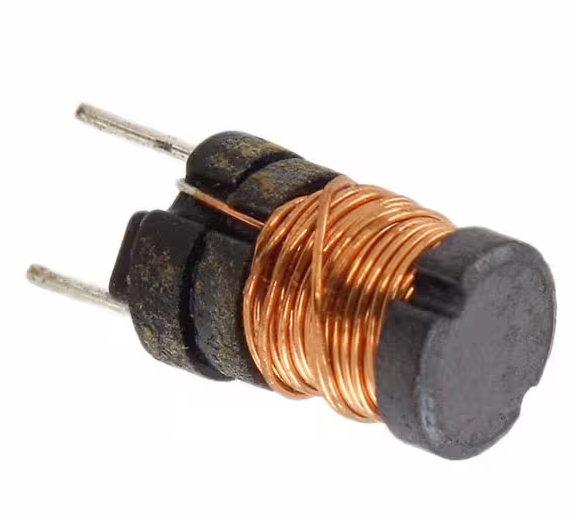In the intricate world of electronic circuit design and application, inductors emerge as pivotal elements. Their role—particularly in sifting through interference noise to safeguard the circuit's stable operation—is undeniable. The spotlight here shines on the use of common mode inductors and differential mode inductors, their criticality a subject of our exploration. This article pledges to unravel the fundamental principles and functional characteristics of these inductors, alongside highlighting the nuanced differences in their application within circuit design.
Differential mode inductors claim an irreplaceable spot in the realm of circuit design, their primary function being the suppression of differential mode interference. Such interference, often birthed by the electromagnetic fields' impact on circuit lines, breeds differential mode current. This, in turn, jeopardizes the load's normal operation. The strategic incorporation of a differential mode inductor into the circuit promises the effective elimination of this interference type. It acts as a barrier against the infiltration of differential mode high-frequency noise into subsequent circuits. In essence, the presence of differential mode inductors guarantees the circuit's stable performance even amidst a daunting electromagnetic environment—a testament to their indispensable value.
Structurally, the differential mode inductor presents itself as a singular coil, meticulously wound on an iron core in one direction, featuring two pins. This design sharpens its efficiency in countering differential mode interference, focusing solely on suppressing the differential mode current while minimally impacting other circuit facets.

In contrast, common mode inductors take center stage in the battle against common mode interference. Such interference stems from electromagnetic fields generating common-mode currents between circuit traces and the ground, leading to differential-mode voltages across the load and thus, degrading circuit performance. The deployment of common-mode inductors acts as a blockade against the common-mode interference's propagation path, mitigating its adverse effects on the circuit. Characterized by two sets of coils—equal in turn numbers, diameters, and wound in opposite directions on the same iron core, boasting four pins—this design enables the common mode inductor to prevent common mode current passage while sparing the differential mode signal, ensuring the circuit's uninterrupted operation.
At their core, inductors operate by hoarding electromagnetic energy, their ability to impede alternating current directly proportional to their inductance magnitude. With a constant AC frequency, a larger inductance equates to a heightened resistance to AC current. Moreover, an inductor's resistance to alternating current escalates with the frequency of the alternating current. This inductor trait is pivotal in filtering out high-frequency noise within the circuit, while smoothly allowing DC current passage, underscoring its crucial role in circuit stability and interference suppression.
